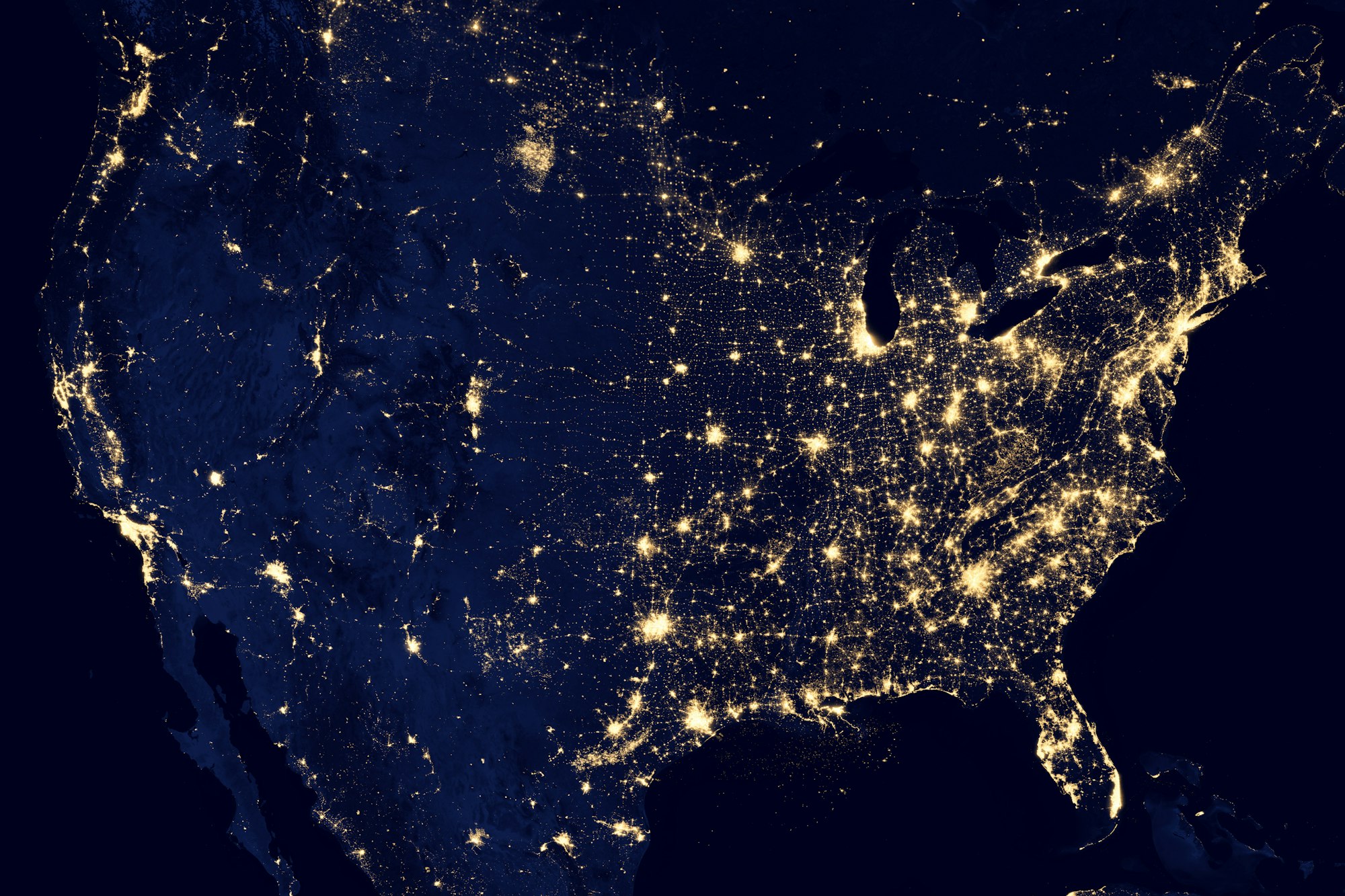Remembering the Digital Divide

I've recently been in a lot of conversations about how school is going this fall. My children are starting their sixth week of virtual school for the year, and I don't expect them to return to in-person learning any time soon.
I prefer to stay positive and optimistic and tend to say one or two of the same things repeatedly.
The first thing I say is that it is going so much better than in the spring. I am grateful for all of the hard work the schools and teachers put in over the summer to develop a virtual school program. Last spring, when school suddenly went virtual, there was not a lot of live interaction. There were limited class meetings, and mostly just some work on PDF worksheets or the existing digital learning tools.
There are real schedules, lots of interaction between the teachers and students, and amongst the students. The schools have figured out how to bring enrichment classes like physical education, choir, library, and computer lab to life for the kids. It is an order of magnitude improvement.
The second thing I say is how grateful I am for us to be living in this digital world. If that had happened when I was growing up, there certainly would have been no way to have virtual classes. There would have been no Chromebooks, no zoom/Webex, no high-speed internet. I figure that we would have needed to drive by the school once a week, pick up an assignment packet for the upcoming week and turn in a packet for work done the prior week.
It sounds terrible. I remember being out for a week sick once in first or second grade and having a pile of pages to fill out and color in as make-up work. It was boring and didn't teach me anything.
I was reminded in a conversation with a family member this weekend that there are still plenty of people living the reality of the paper-driven virtual school. While I wish my Internet access was faster, some people do not have Internet access at all.
I grew up in New Mexico. While I grew up in a small town, it was generally affluent and had good infrastructure. People live far from the primary grid outside of town and either can't afford or can't physically access high-speed internet. The internet is a utility now and should be treated as such. However, the utility companies and the government have not wired every house, and the speeds when they do are not sufficient.
There are positive signs on the horizon as satellite capabilities like Starlink may create a way to deliver real broadband (100MBs) to consumers all over the country. If the capacity is there, then we can easily subsidize access. The United States is physically massive, and these large distances and spread-out population make running high-speed lines to every house daunting. Aerial and satellite capabilities may make this easier and less expensive, but much work is to do.
This conversation was a great reminder that while virtual school is better than nothing, there are many people for whom virtual school is not a physical reality.

